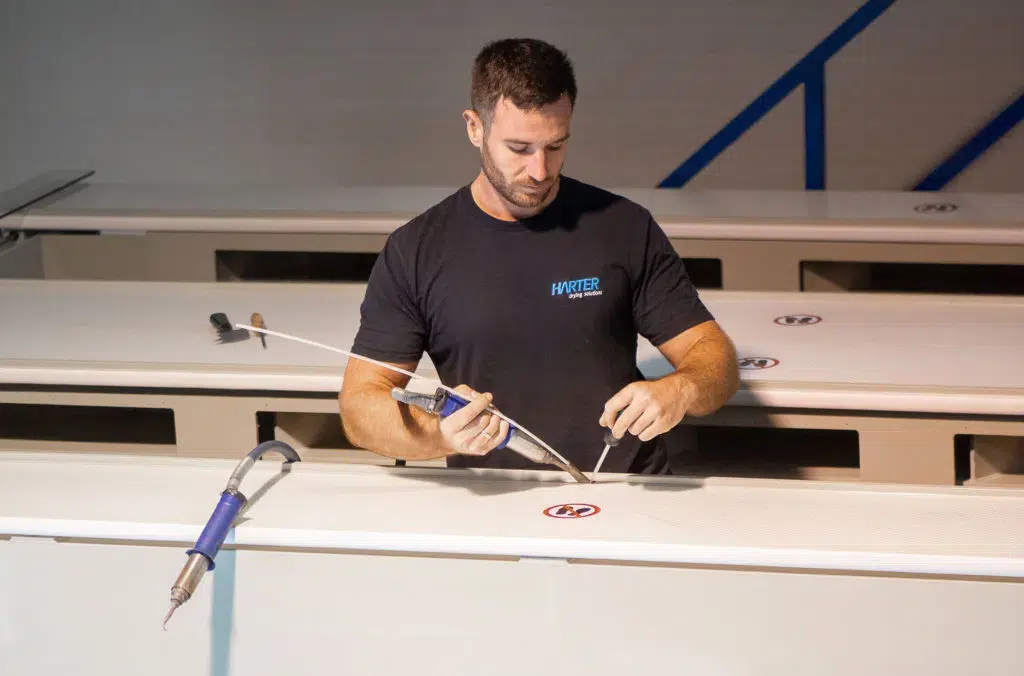Drying for more Sustainability
Energy-saving sludge drying
Drying for more Sustainability
by Anke Geipel-Kern, PROCESS
The technology for drying sludge from production processes entered the market 30 years ago. Back then, the primary concern was landfill costs. Today, sustainability, recycling, and new markets play an even more crucial role.
Time is money – most people are familiar with this proverb. However, only those who have ever had to pay the costs of sludge incineration or landfill fees know that water can also be expensive. After all, even after pre-dewatering, thin sludges still have a water content of 60 to 80 percent. According to figures from the Federal Statistical Office, considerable sums are incurred for disposal: The price for landfilling is between 25 and 50 Euros per cubic meter of capacity. And this only applies to “normal” sewage sludge. Sludges from the electroplating, chemical, textile, leather, and paper industries are partly classified as hazardous waste and must be disposed of in hazardous waste incineration plants – with correspondingly higher costs.
The waste disposal market is also changing. Energy costs, the discussion surrounding the circular economy, the scarcity of rare earths, the environmentally hazardous extraction of copper, nickel, and cobalt, laws for phosphorus recovery, and recycling quotas for electronic waste and batteries – all these factors are driving the recycling market and companies to seek new solutions. To extract the valuable metals from the thin sludges generated during recycling processes, these sludges must be dried very intensively. For zinc, for instance, a residual moisture content of eight percent is required; similar conditions apply to nickel, cobalt & copper – an energy-intensive process that makes recycling procedures expensive…
